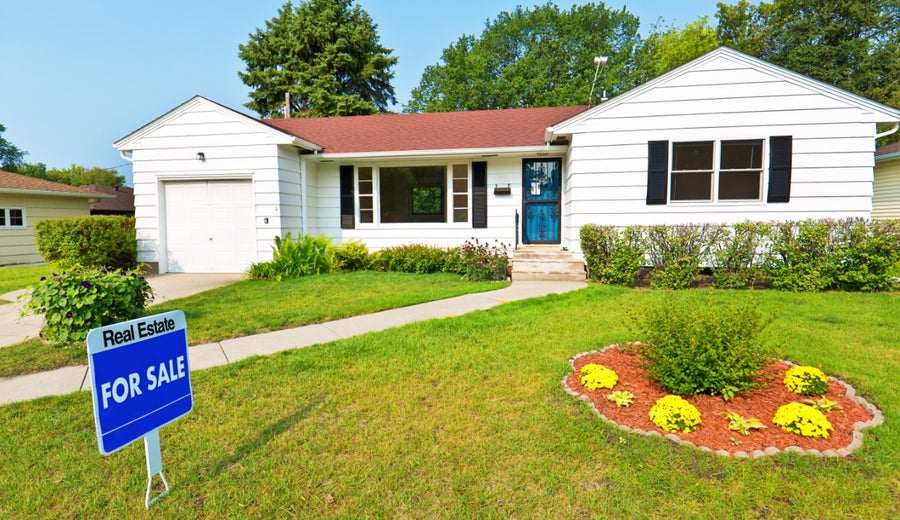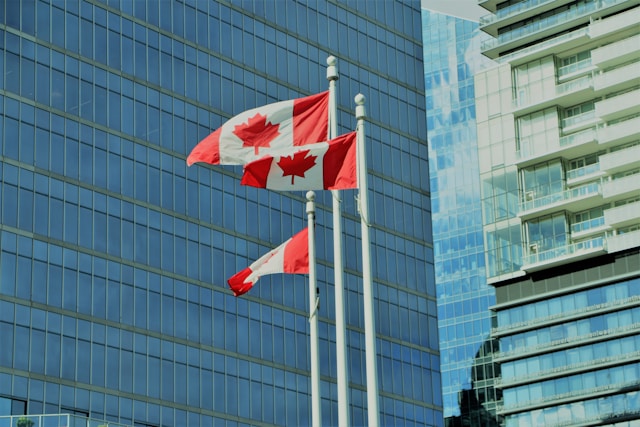For Canadian residents, the process for reporting income on the sale of a property is quite simple. You report the capital gain or business income on your T1 personal tax return.
For non-residents, it’s a little more complex – the reason being that the Canadian government doesn’t want to chase after a non-resident to pay taxes. That’s why it has a system requiring non-residents to pay a withholding tax at the time of the sale and subsequently file a non-resident tax return the following year, and recover some of the withholding tax in the form of a refund.
Suppose you purchased a condo in 2018 for $500K to take advantage of a hot housing market and filed your S.216 returns in 2018 and 2019. (You would have been required to get an Individual Tax Number (ITN) by filing form T1261.)
Two years later (2020) you decide to sell your Canadian condo and use the funds to buy a house in the United States. Your real estate agent suggests a listing price of $650K but also advises there will be a withholding tax on the sale of the property and suggests you contact your accountant to learn your options.
Two Options for Withholding Tax
The accountant comes back with two options. The first – and less desirable one – is to notify your lawyer once you’ve received and accepted an offer on your property. The lawyer will have to do a withholding tax of 25% on the sale price.
The second option is an election T062 Request by a non-resident of Canada for a Certificate of Compliance Related to the Disposition of Taxable Canadian Property. This election is done before the sale is completed. This election would request that the Canadian government withhold only 25% of sale price minus purchase price and costs incurred during original purchase. Because the individual is applying for this election prior to completion of the sale, this formula wouldn’t include the real estate fees and the legal fees on sale.
Let’s take a closer look at how these two options would play out:
Option #1 – Withholding Tax on Purchase
Under this option, the lawyer would have to withhold $162,000 (25% of $650K), a significant amount, and send it to the government.
After filing a non-resident tax return and reporting your expenses related to the property, you would receive a large chunk of the taxes back as a refund. As long as the property was not purchased with the intention of a short period return (speculative purchase) and sold within a reasonable number of years later (the number of years not defined in the Income Tax Act), you can sell that property and pay capital gains tax only. Under this option you would get $153,065 back as a refund from the Canadian government and your total tax payable would be $9,435.
| Sale Price | $650,000 |
| Purchase Price | $500,000 |
| Purchase | $25,000 |
| Cost at Sale | $40,000 |
| Capital Gains | $85,000 |
| Taxable Capital Gains | $42,000 |
| Tax Payable | $9,435 |
Option #2 – Election Request Prior to Final Sale
Under this second option, the Canadian government would withhold only 25% of the sale price, minus the purchase price and the costs incurred during the original purchase. As I noted earlier, this formula wouldn’t include the real estate fees and the legal fees on sale because an individual is applying for this election before the sale is completed. (Even after disposition, the CRA has a stance not to consider final closing costs.)
Under this option the withholding tax would be significantly lower.
| Sale Price | $650,000 |
| Purchase Price | $500,000 |
| Costs at Purchase | $25,000 |
| Gain on Disposition | $125,000 |
| Withholding Tax | $31,250 |
This figure is a far cry from the original withholding tax of $162,500. However, in order to receive the refund on the extra taxes, you would still need to file a non-resident return.
Regardless of the option, you should file with a professional accountant to ensure you’re getting the best advice.
Grant Matossian, CGA, CFP © 2020





